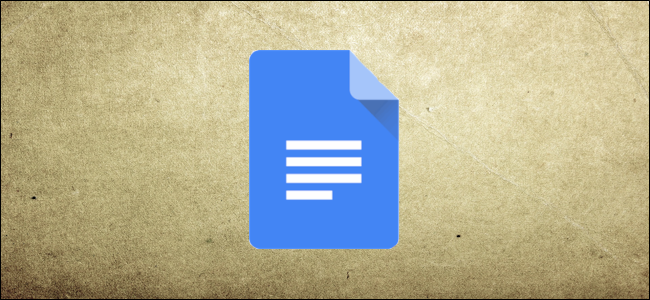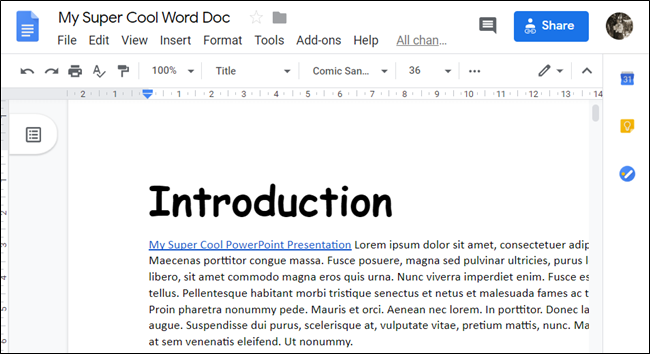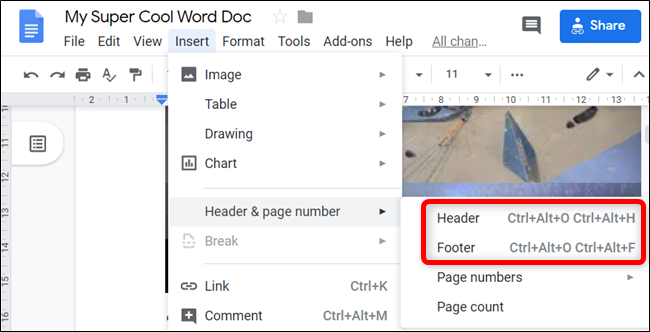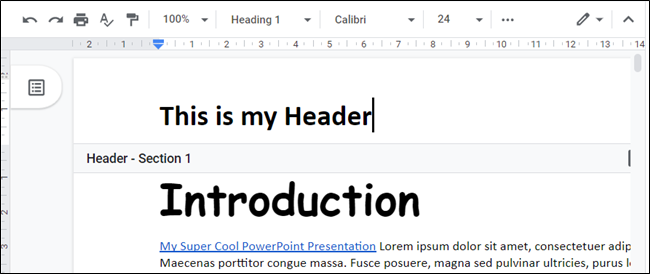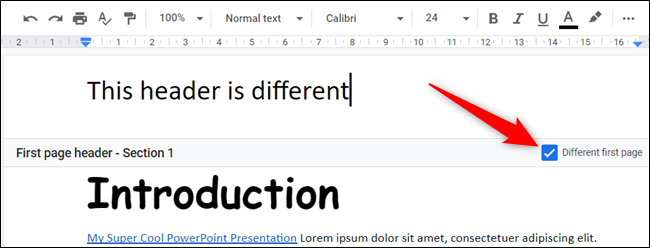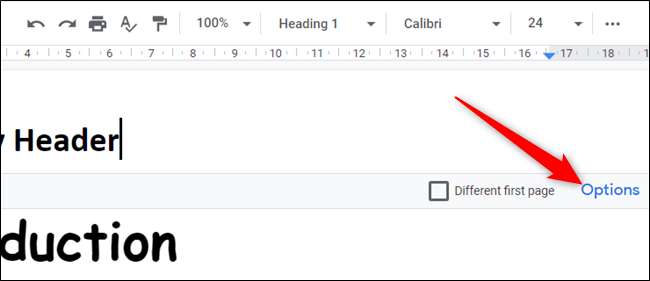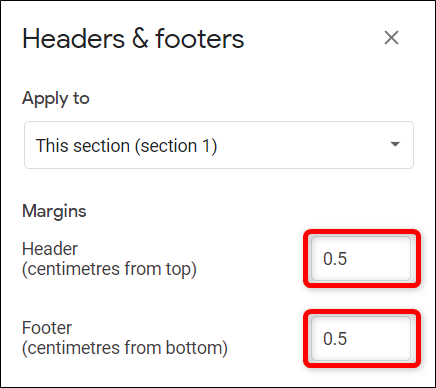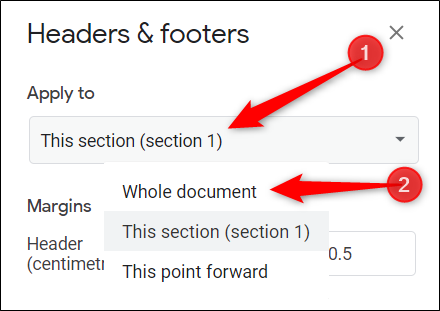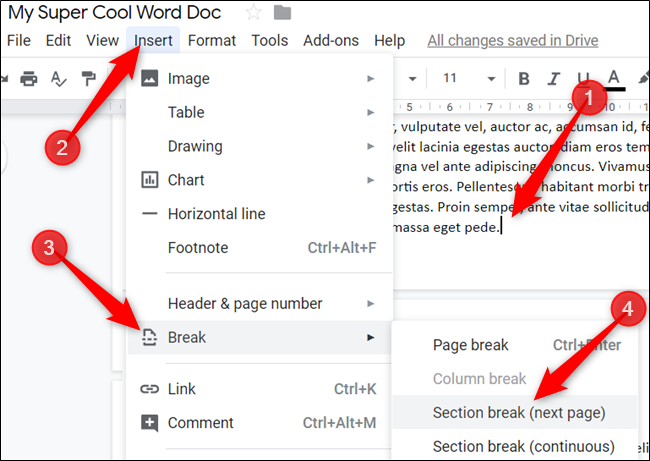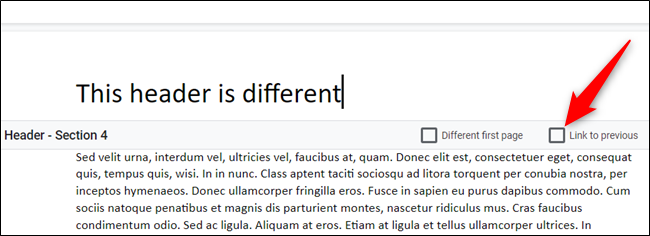Headers and footers are the sections at the top and bottom of a document. They generally contain information like page numbers, the date, the author's name, or the file name. We'll show you how to add these in Google Docs.
First, fire up your browser and go to your Google Docs homepage. Open a new document or the existing one to which you want to add a header or footer.
Next, click Insert > Header & Page Number, and then click either "Header" or "Footer" to insert it into your document.
You can also use keyboard shortcuts to add headers and footers. To add a header on a Windows or ChromeOS machine, press and hold Ctrl+Alt and press the O, and then H key. On a Mac, press and hold Ctrl+Cmd and press the O, and then H key.
If you want to add a footer on a Windows or ChromeOS machine, again press Ctrl+Alt, and press the O, and then F key. On a Mac, press and hold Ctrl+Cmd and press the O, and then F key.
For this guide, we'll use headers throughout. Footers work essentially the same, but are usually reserved for page numbers or footnotes.
After you enable the header, the cursor moves to the header section so you can type your text.
The header you type on the first page also appears on all subsequent pages, unless you tick the checkbox next to "Different First Page" at the bottom of the header.
If you want to change the header and footer margins, click "Options."
In the Options window, click the text field for either "Header" or "Footer," and then type the margin size you want for each.
By default, this change only affects the current page. If you want to apply it to the entire document or all the pages after this one, click the dropdown under "Apply To," and then select either "Whole Document" or "This Point Forward."
Click "Apply" to save your changes and return to the document.
If you want to completely different headers or footers for each page, you have to use a work-around and create separate section breaks for each page. After you insert a section break, you have to then break the link to successive sections that Google Docs enforces by default.
To do this, place the cursor at the end of the page, and then click Insert > Break > Section Break (Next Page).
The cursor drops down to the next page immediately after you insert the section break. Click inside the header, and then uncheck the box next to "Link to Previous" to enable independent headers on each page.
Repeat this process for every page in your document if you want each one to be different.
When you're done editing the header, you can click anywhere outside of it or press Esc to save your changes and return to the body of your document.

